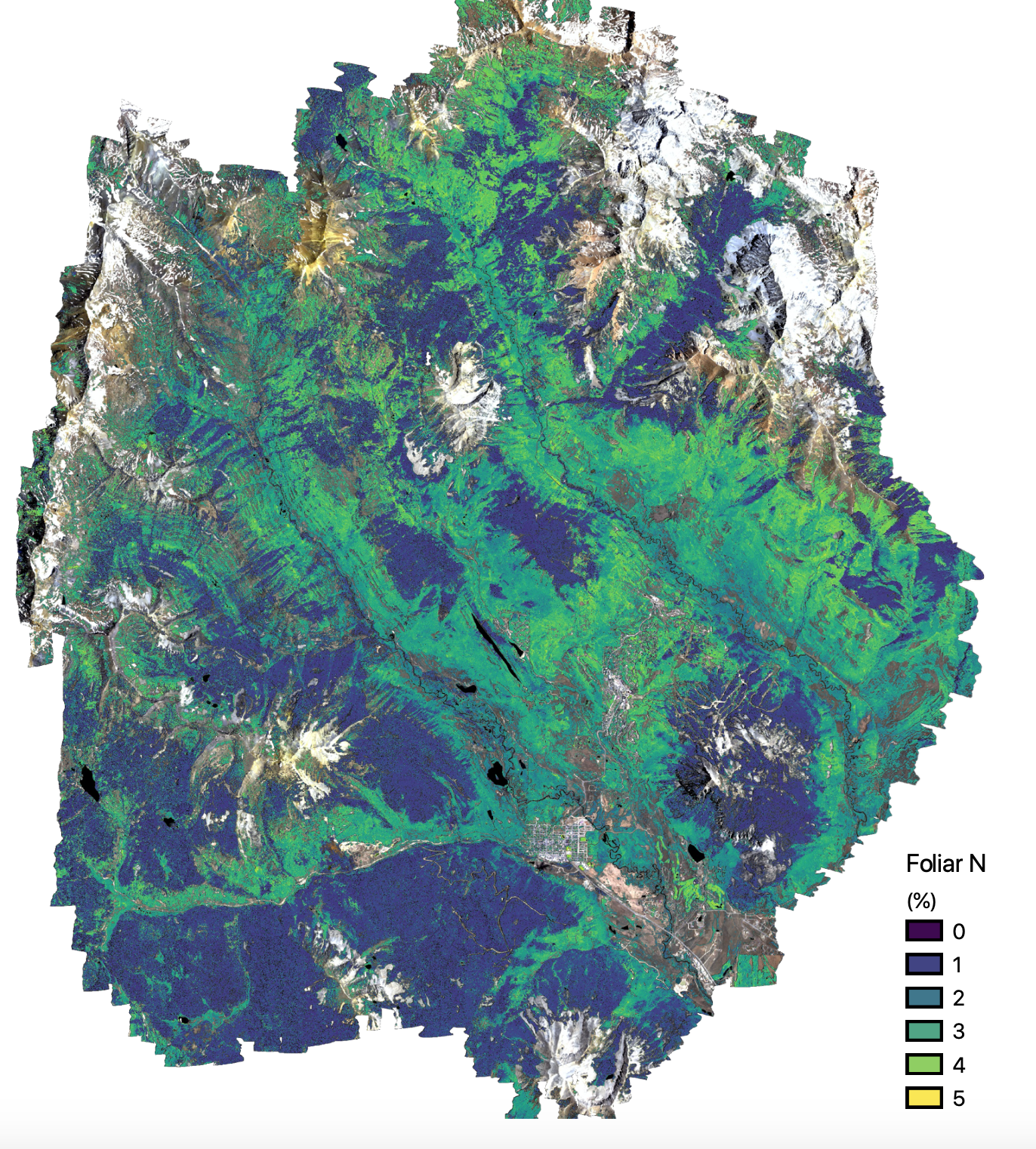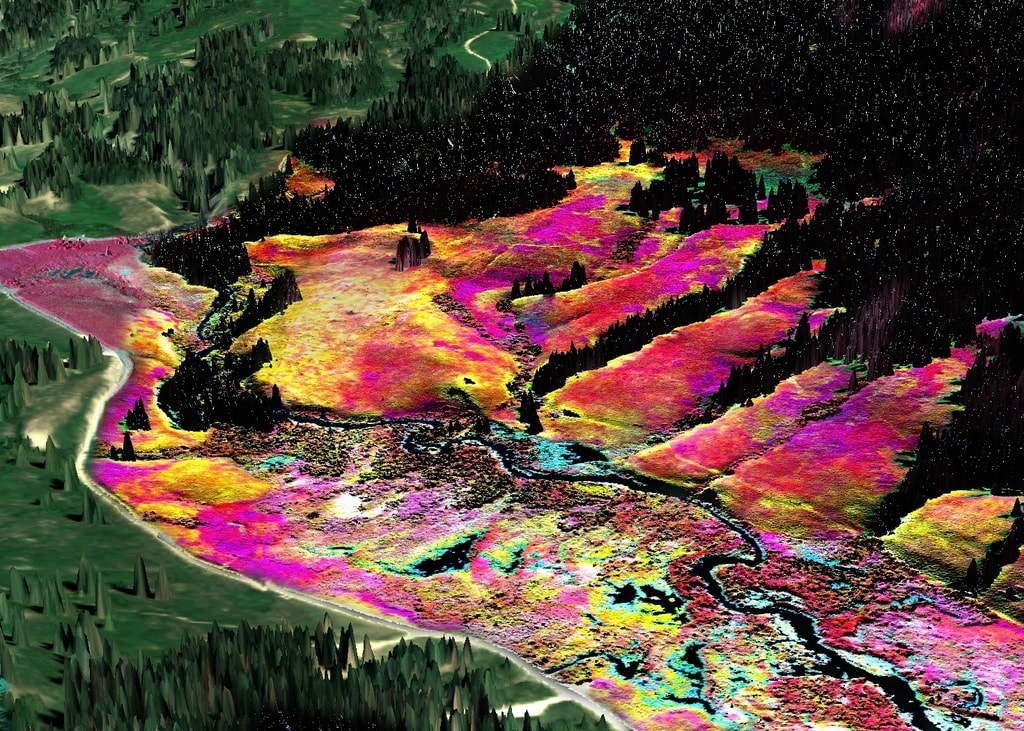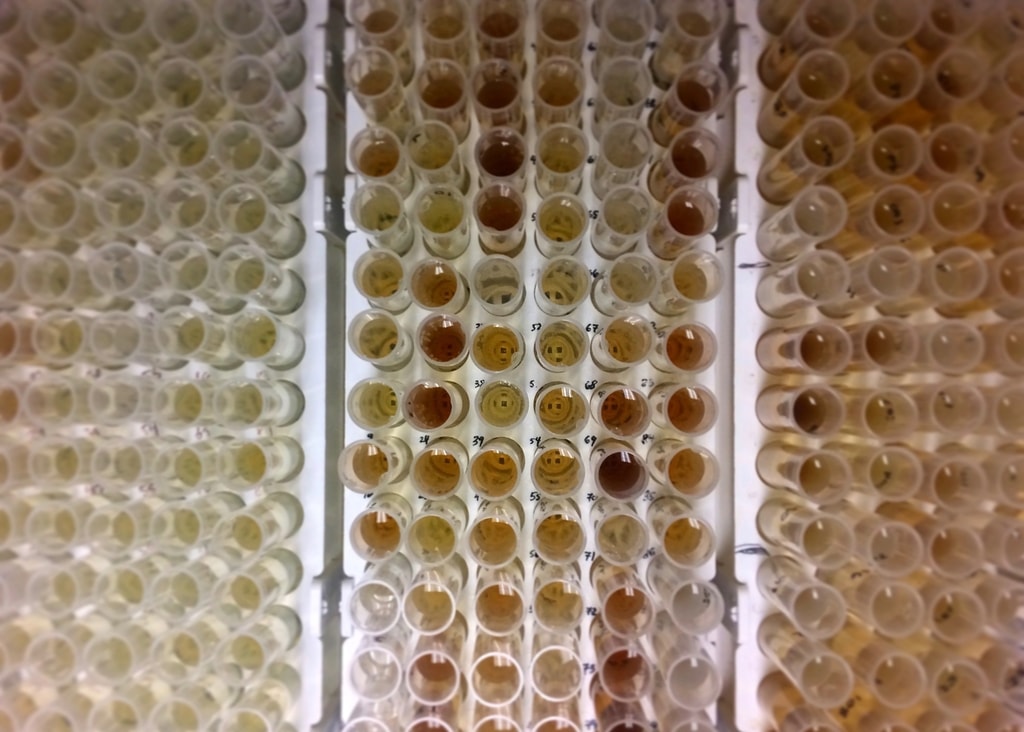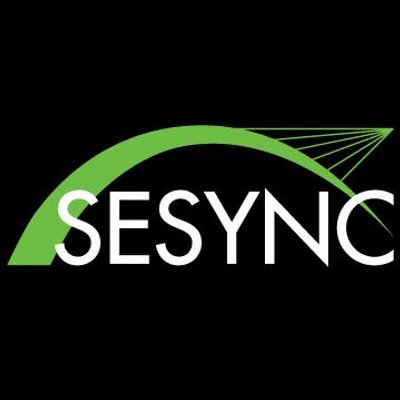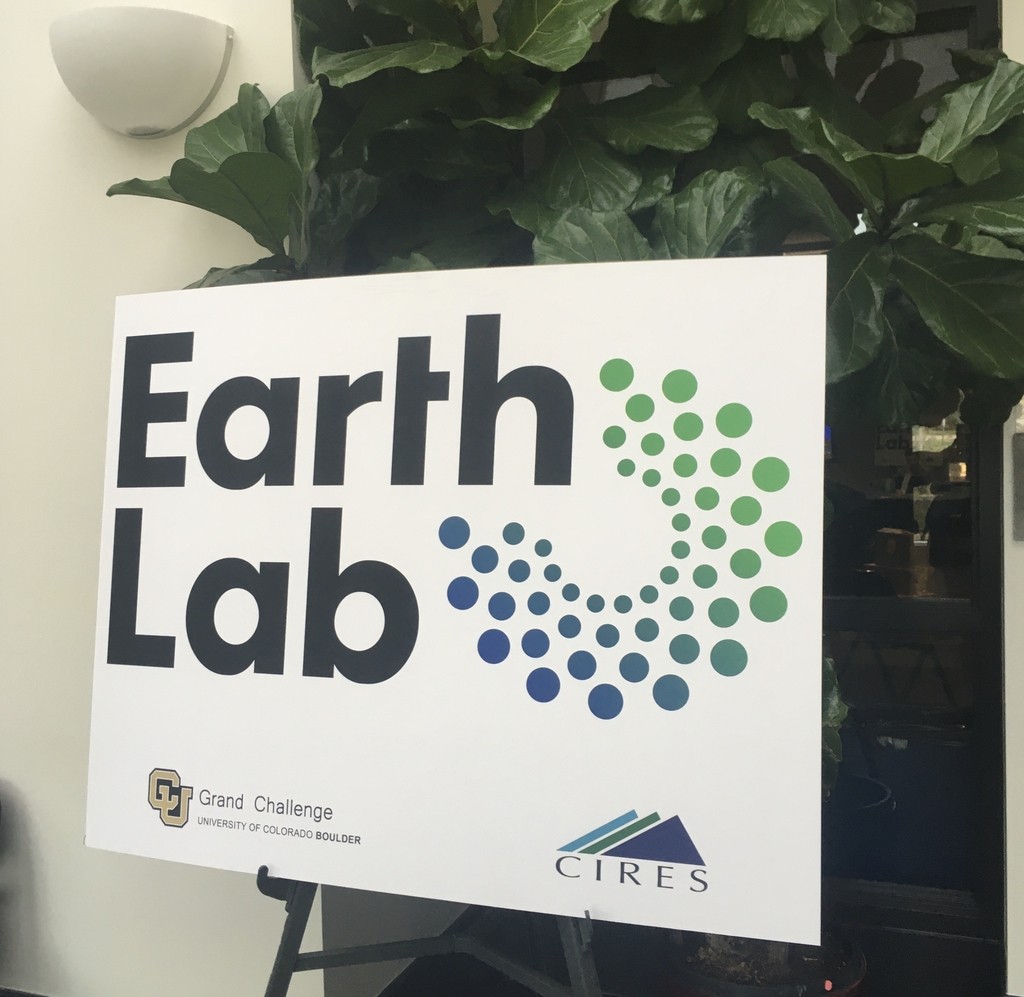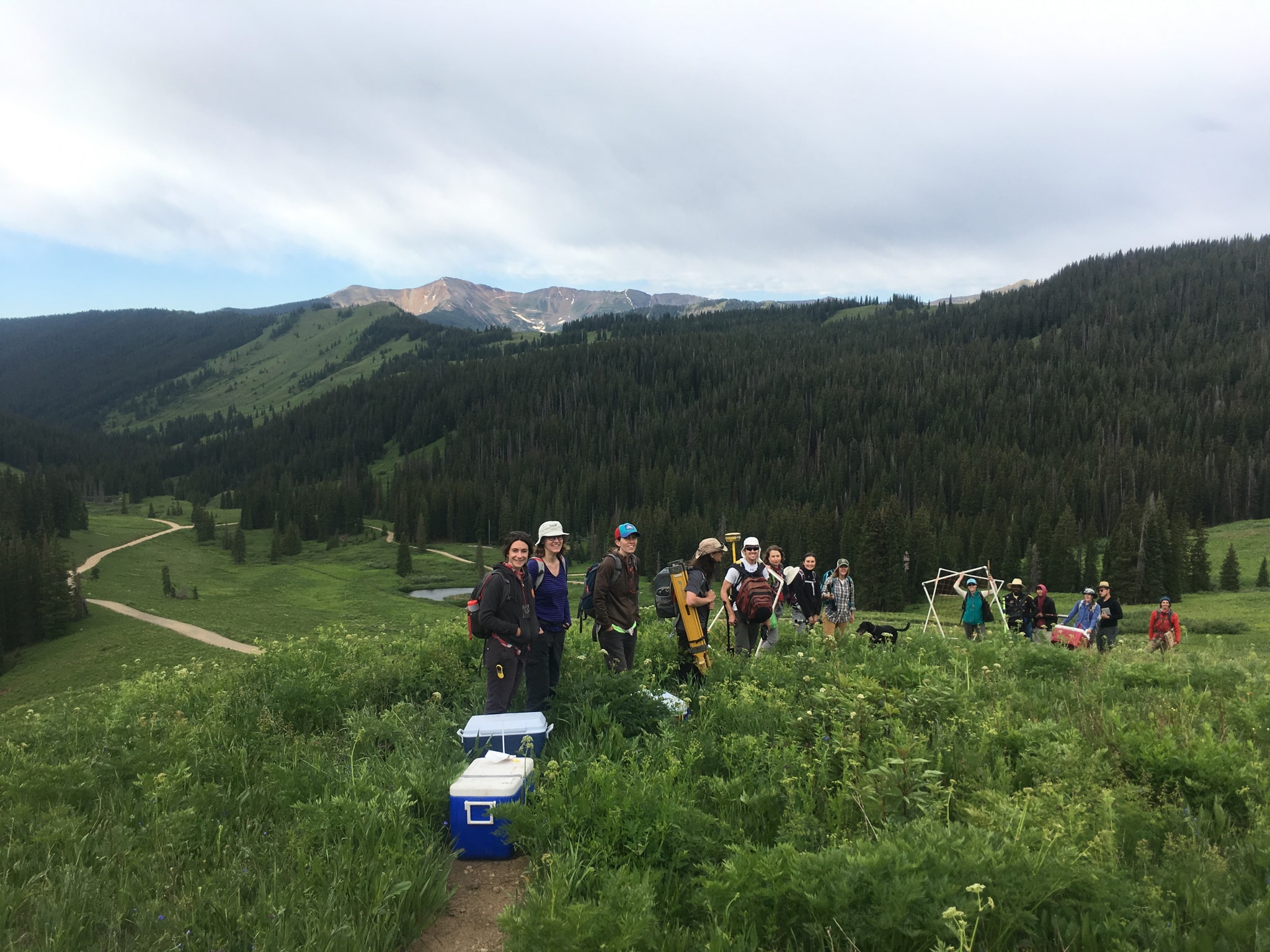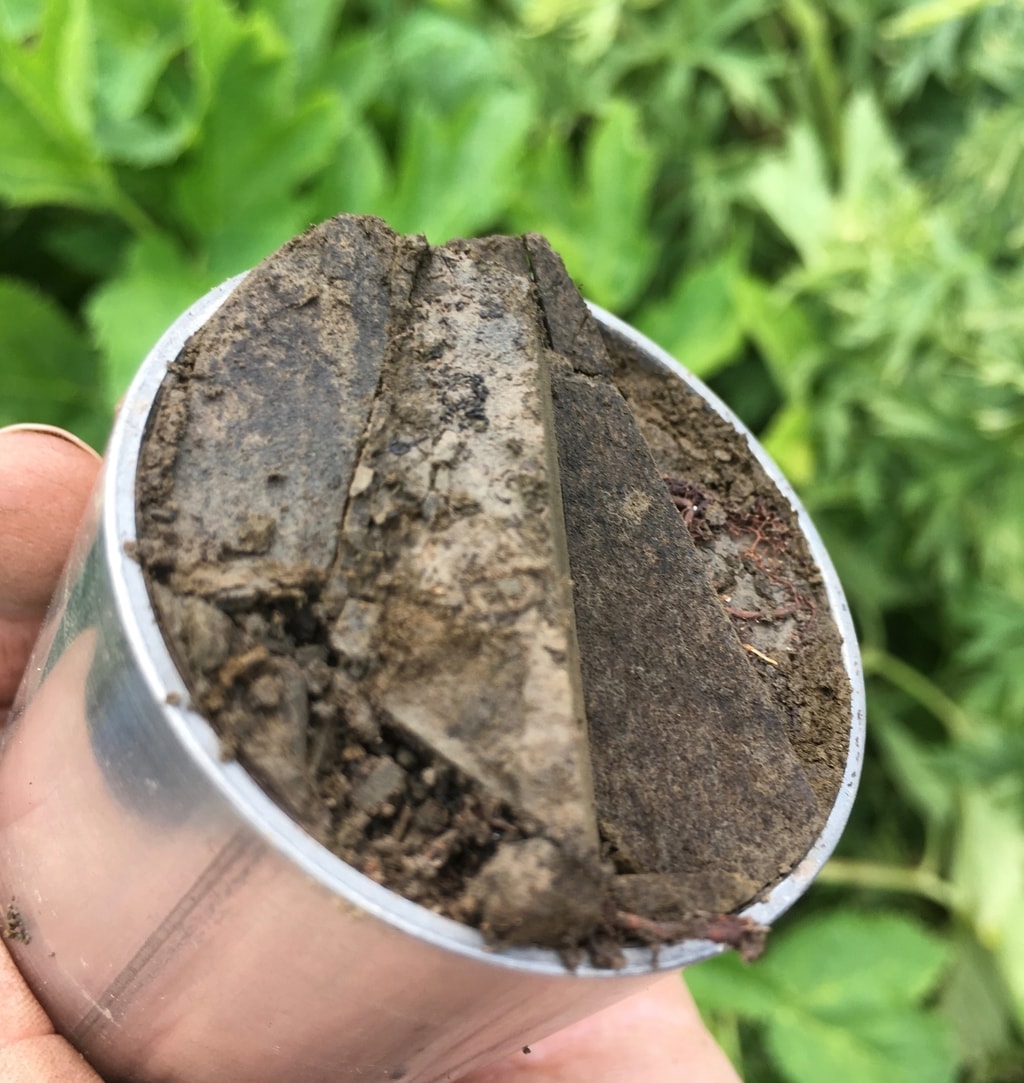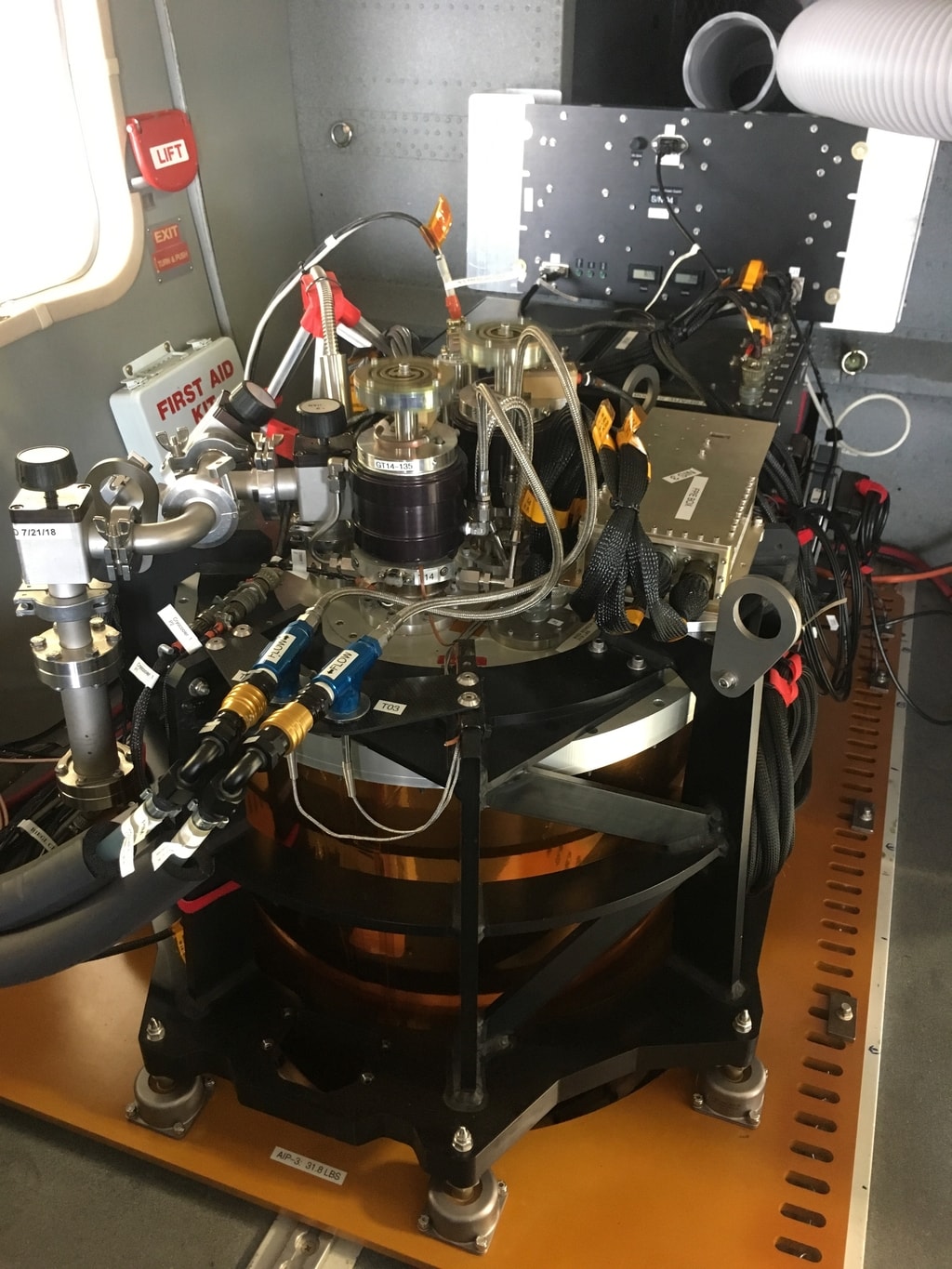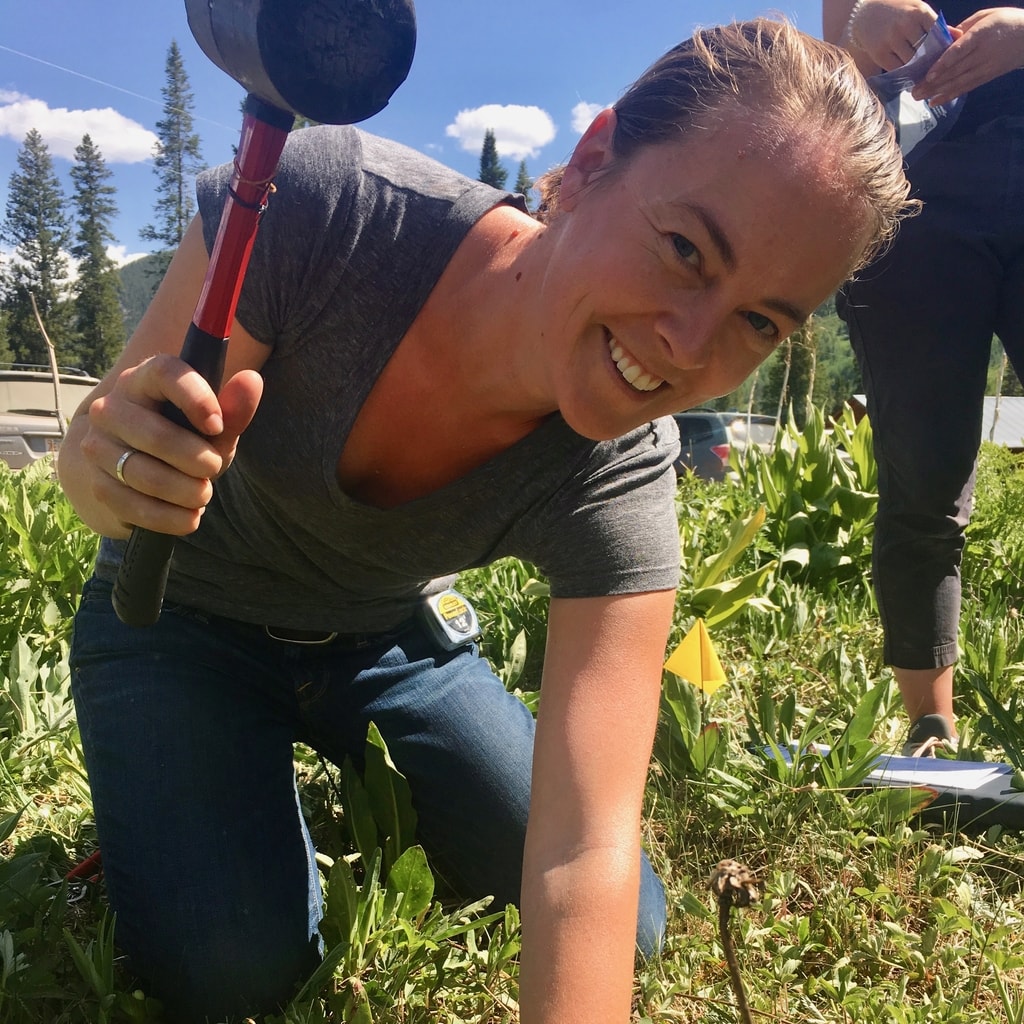
I am a scientist at the Jet Propulsion Laboratory in the Water & Ecosystems group where I work on landscape biogeochemistry, critical zone science, and participate in projects related to the Surface Biology Geology mission and applicatons for the Earth Surface Mineral Dust Source Investigation (EMIT).
I was formerly a research associate at UT Austin, coaffiliated with Caroline Farrior's group in Integrative Biology and Daniella Rempe's Group in the Jackson School. I worked on a cross disciplinary project, Linking Plant Strategies to Complex Subsurface Hydrology to Predict Ecosystem Carbon Storage Across Texas.
Previously, I was a postdoctoral researcher in Dr. Kate Maher's lab at Stanford, and an affiliate with Dr. Eoin Brodie's group at LBNL. Much of my postdoctoral work was based in the Upper East River Watershed near Crested Butte, Colorado where I focused on utilizing remote sensing paired with intensive field campaigns in order to better understand landscape ecosystem ecology and biogeochemical processes. I believe that by improving our understanding of the interactions between the aboveground and belowground components of these systems we can better understand their functioning. In addition, by developing the ability to link soil and subsurface biogeochemical processes with remotely detectable components of the Earth system, we can develop a window into the subsurface. I was funded for this work through an NSF EAR Postdoctoral Fellowship, and an NSF Signals in the Soils grant. This work remains ongoing!
I conducted my graduate work in the Earth System Science Department at Stanford University, under the advisement of Dr. Greg Asner, now at the Center for Global Discovery and Conservation Science at Arizona State University. During this work I was supported by a NASA Earth and Space Science Fellowship.
I am always eager to talk with people interested in integrating remote sensing technologies with strategic field campaigns to better understand biogeochemical cycling, nutrient dynamics, and ecosystem ecology in a landscape context. If you are interested in my work or have any questions, please get in touch!
